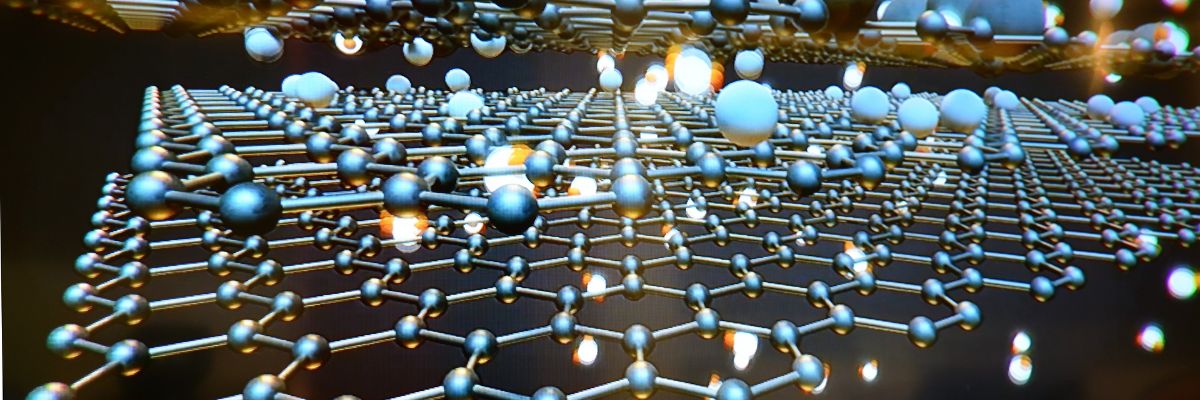
EU and Japan launch enhanced dialogue on advanced materials
Fri Apr 05 09:32:36 CEST 2024
On April 2, an agreement was concluded between the EU and Japan on cooperation in the development of advanced materials. The EU and Japan are global leaders in this technology, working closely together since the FP7 (2007-2013), which funded six projects with €13.1 million in this field.
This agreement follows the EC decision of February 27 on promoting EU leadership in this sector and the establishment of a European digital infrastructure for research and innovation in the field of advanced materials.
What are advanced materials and why are they important?
- They are materials intentionally designed and constructed to exhibit superior performance or special functions
- They are an enabling technology used in key sectors such as energy, electronics, construction and mobility, but can also be used in the production of pharmaceuticals and medical devices, satellites, launchers, aircraft or other dual-use applications and defence equipment, which further underpin the green and digital transitions and thus are an essential part of economic sovereignty and strategic autonomy (EU strategic objectives).
- An example of an advanced material is graphene (in the picture) – the thinnest and strongest material, which has a higher thermal conductivity than copper. It is used in TV screens, computers, and smartphones.
The EC's decision also includes the establishment of an Academy of Advanced Materials in cooperation with the European Institute of Innovation and Technology (EIT) in order to provide the necessary training in this area. And also the creation of a Technology Council for Advanced Materials, which will provide advice on the implementation of this initiative together with Member States, countries associated to Horizon Europe and industry.
Other sources: Advanced Materials for Industrial Leadership - European Commission (europa.eu)
Photo: pixabay